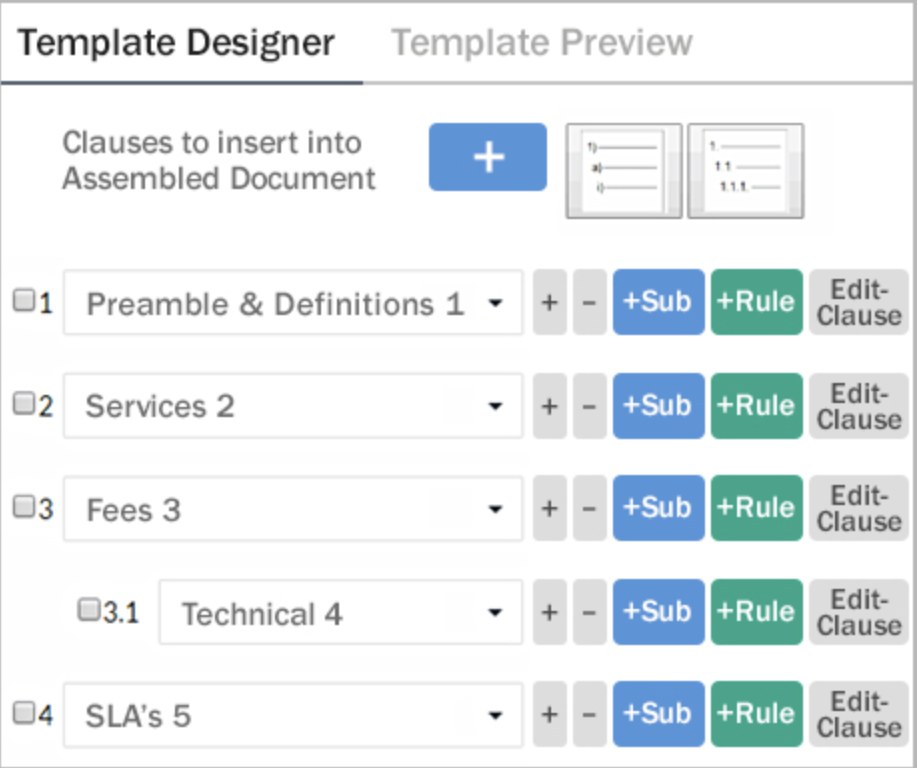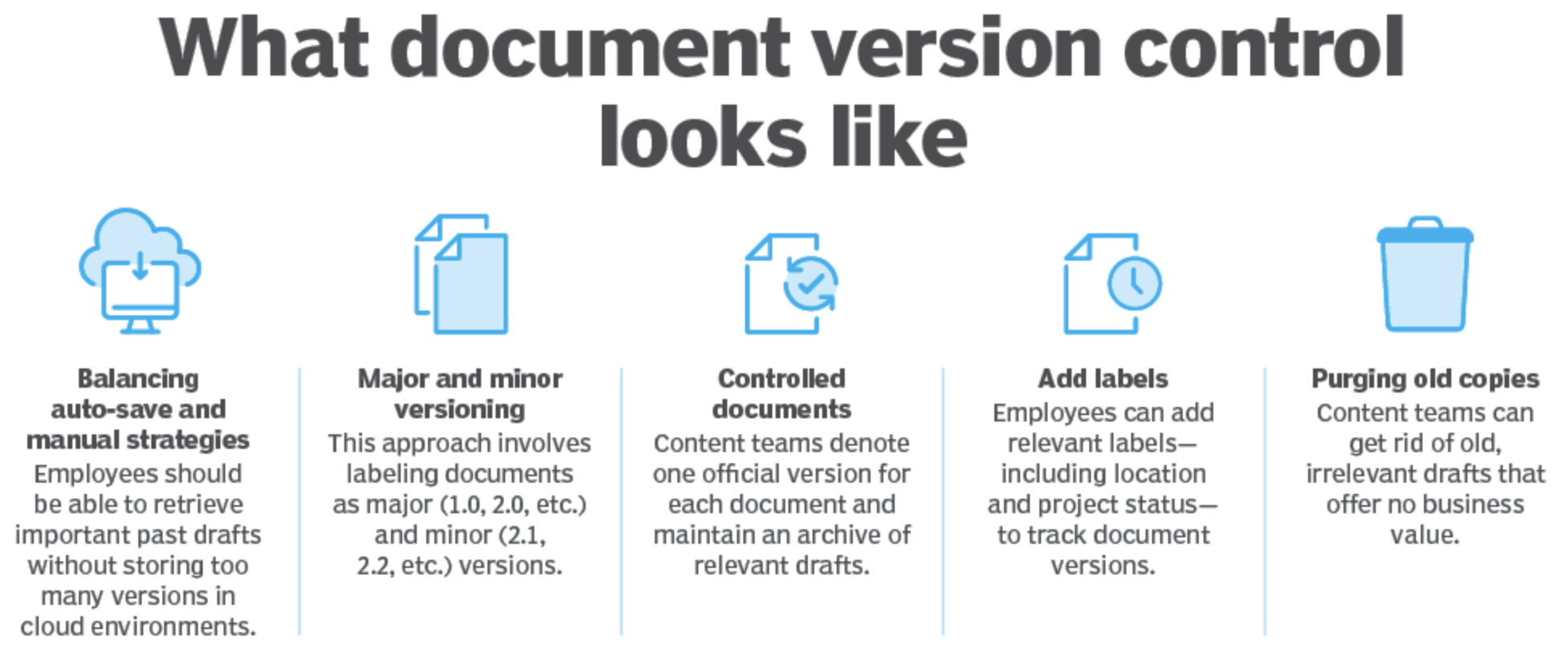8 Contract Lifecycle Management Best Practices to Follow Beyond 2023
Dec 27th, 2023
Effective contract management is key to the success of a modern business, affecting both the bottom line and operational efficiency. With 89% of organizations struggling to manage routine contracts, businesses should not underestimate the importance of robust contract management practices for thriving in the long term. Through best practices, companies can navigate the complexities of contract management, avoid the pitfalls of mismanagement, and capitalize on the full value of their agreements.
Adopting these practices takes organizations past inefficiencies and the erosion of contract value. When businesses manage contracts effectively, they streamline their operations, reduce costs, and fortify their contractual relationships. This guide outlines 8 key contract lifecycle management best practices to set your organization on a path to sustained success and resilience.
Key Takeaways
- Effective contract management mitigates risks, reduces costs, and strengthens relationships through standardized and streamlined practices.
- Adopting a centralized platform for contract management minimizes errors and improves the accessibility, efficiency, and security of contract data.
- Continuous monitoring and analysis of contracts drive strategic improvements, optimizing the contract lifecycle and enhancing business performance.
😉 Bonus: Check out our guide on Best Practices for Identifying & Mitigating Contract Risk.
Contract Lifecycle Management Best Practices
Adopt these 8 practices to optimize contract management in your organization.
-
Standardization
In contract management, standardization means instituting uniform processes and criteria across contracts to ensure consistency. This key practice minimizes errors and misunderstandings, preempting potential legal disputes. A standardized approach significantly enhances operational efficiency.
Uniform contracts make for a more streamlined contract management process. This ease extends to reviewing, amending, and approving contracts. Additionally, familiarity with standardized clauses and pre-approved language fosters a clearer understanding of contract terms and conditions for all stakeholders.
-
Contract Templates

Using pre-approved contract templates simplifies contract creation and drafting. These templates, tailored for various agreements, save time and money spent on legal counsel — which averages $122 per hour. They also prevent inconsistencies or oversights. Contract templates should cover:
- Standard clauses
- Terms and conditions
- Party identification
- Contract duration
- Scope of deliverables
- Force majeure
- Conflict resolution protocols
The objective is to establish and optimize repetitive elements and customizable sections in advance. This foresight enables quick adaptation, integrating contract-specific details without compromising the document’s integrity or formatting.
-
Consistent Language and Clauses
Using clear, consistent language in contracts minimizes risk and ensures reliable performance. Adopt a transparent and definitive lexicon to prevent misinterpretations. Clearly define clauses on common contractual matters — such as payment terms, confidentiality, and dispute resolution.
Try to refine these clauses to their standard language once, saving considerable time in drafting future documents and during negotiations. This practice simplifies the contract creation process and promotes mutual understanding, reducing the likelihood of disputes from ambiguous terms.
-
Centralized Contract Management
Centralization in contract management means storing all contract-related documents and activities on a single, consolidated platform. This approach enables authorized users to access documents from any location, speeding up document retrieval and reducing negotiation and signature times.
Centralization also cuts down on common errors such as document misplacement, duplication, and inconsistent oversight. With all contracts in one place, organizations improve contract lifecycle efficiency, information security, and reduce unauthorized contract access.
-
Use of Contract Management Software
Implementing a comprehensive contract management platform is akin to using a multi-functional tool. It aids in seamlessly transitioning between contract management activities. By choosing an integrated software solution, organizations can minimize the inefficiencies of managing contracts across multiple platforms.
Contract management software provides secure file storage, reducing the need to transfer documents across systems for review or updates. A top-of-the-line contract management will cater to various contractual needs with specific tools and features, serving as a comprehensive solution for contract-related tasks.
-
Streamlined Communication
Effective contract management requires streamlined communication channels, particularly with multiple departments and stakeholders involved. By consolidating communication within a single platform or service, organizations can more effectively:
- Track changes
- Control the negotiation process
- Archive all discussions centrally
Even if a contract management platform lacks built-in communication features, integration with external services can help. This enables teams to track and deliberate over document changes in real time, keeping communication organized.
-
Reduced Storage Redundancy
Minimizing storage redundancy is key to maintaining an organized contract management system. Non-centralized storage often leads to too many document copies that teams must later monitor and cull. A centralized storage solution offers a single, authoritative document version for all authorized parties, eliminating the need for reconciling multiple copies. This not only streamlines the document management process but also:

Image Source: https://www.techtarget.com/searchcontentmanagement/tip/5-examples-of-document-version-control
Video Source: Technical Writer HQ
- Enhances security
- Facilitates version control
- Reduces errors and unintentional inconsistencies
-
Monitoring and Analytics
Ongoing monitoring and analysis of contract performance are essential for strategic decision-making. Regular evaluation of contracts aids in identifying opportunities for process optimization, thereby shortening the contract lifecycle and improving organizational performance.
By monitoring how contracts meet their intended roles and contribute to business goals, managers can make data-driven decisions. This refines contract management practices and enhances contract value.
Streamline Contract Management with Contract Logix
Discover how Contract Logix can streamline your contract management. Our comprehensive and intuitive platform offers efficient contract lifecycle management through automation, AI, and smart analytics. Transform your contract processes and enable your teams to focus on strategic, high-value activities. Embrace digital transformation with Contract Logix for a more productive and compliant contract management journey.
To learn more, request a demo of Contract Logix today.
Looking for more articles about Contract Management? Check out our previous article “Everything You Need to Start the Contract Preparation Process“.
Navigate CLM Success With Contract Logix
Download our Data Extraction Product Brief to learn how you can begin to navigate CLM success by automating the hard work using artificial intelligence with one of the best Contract Management Software’s on the market today


